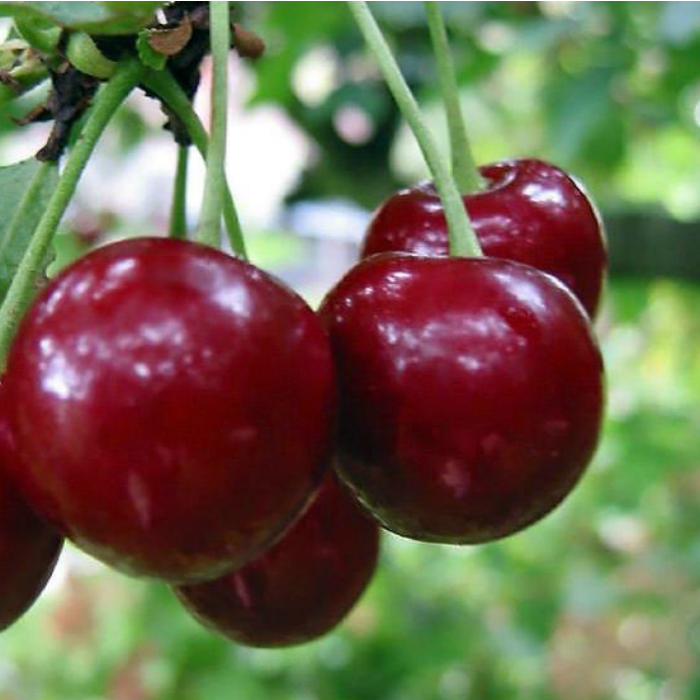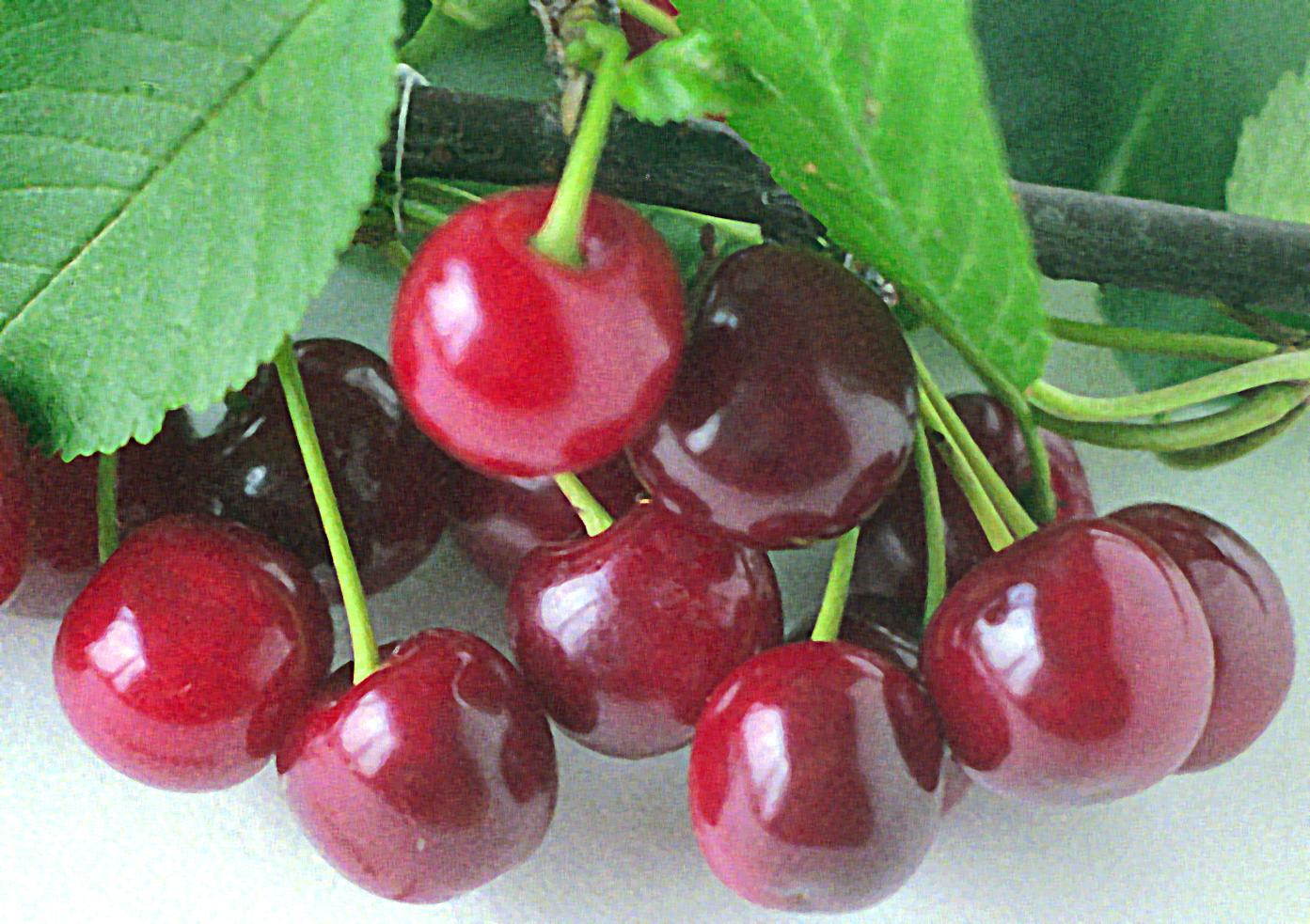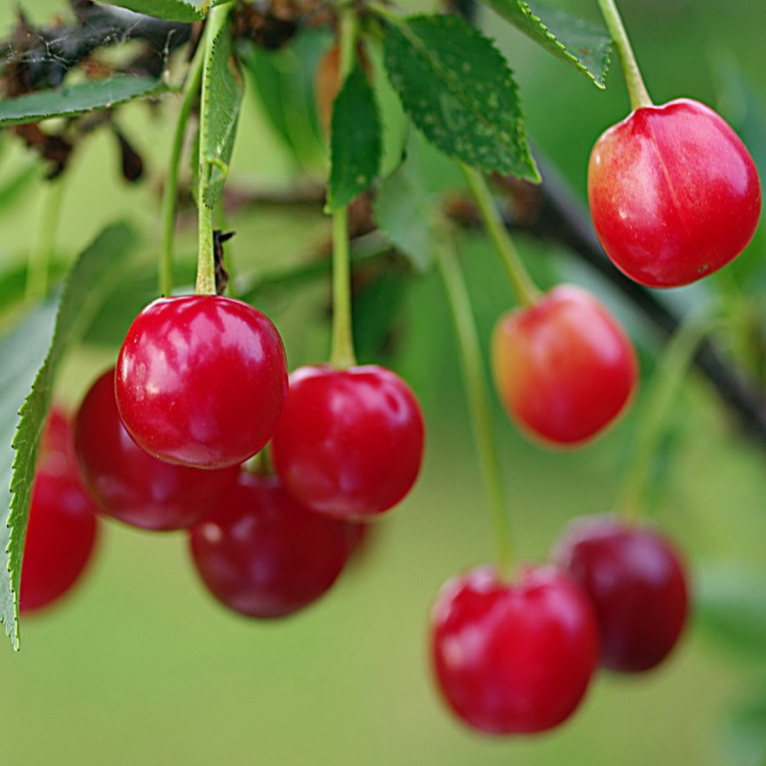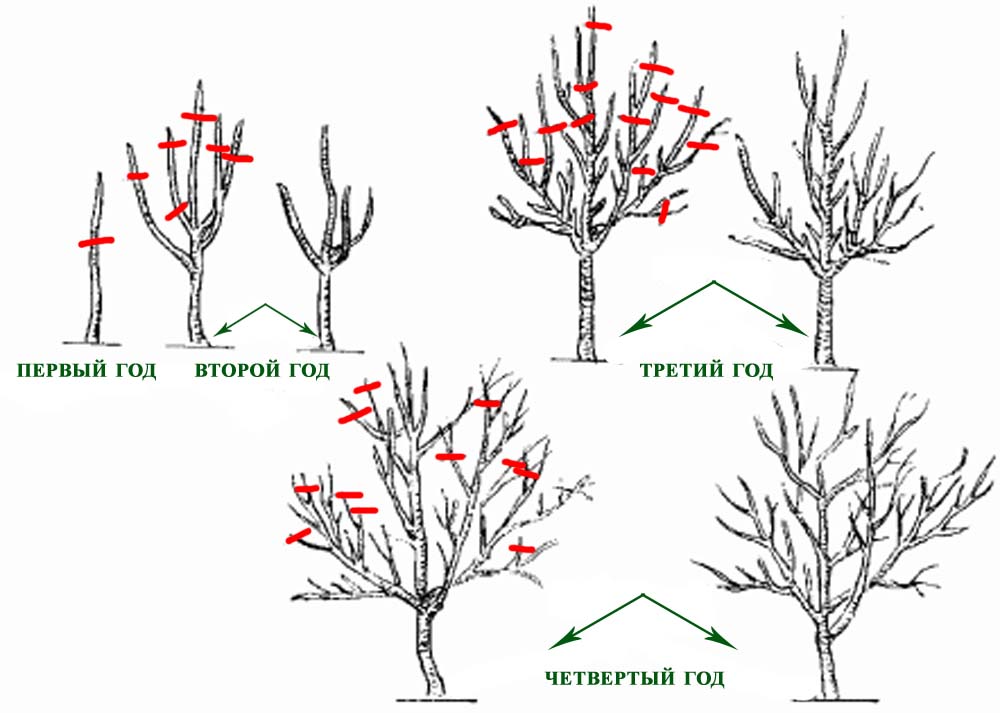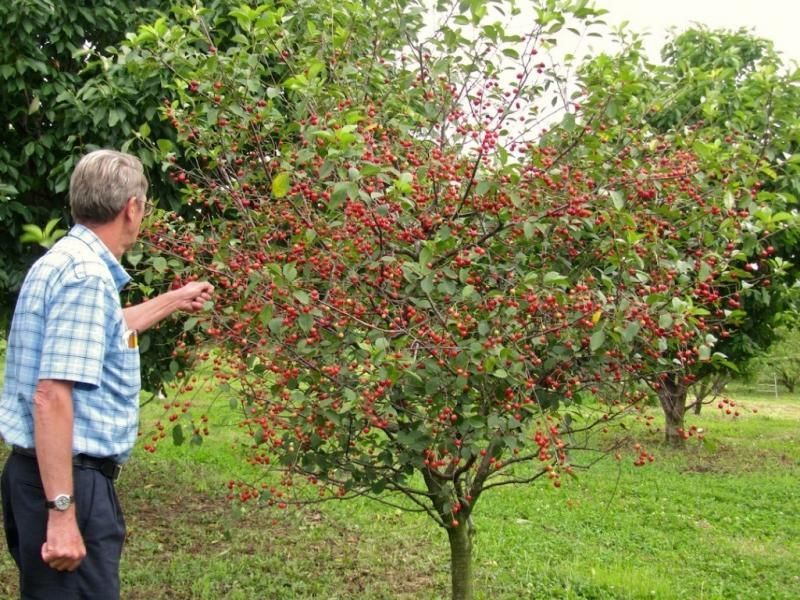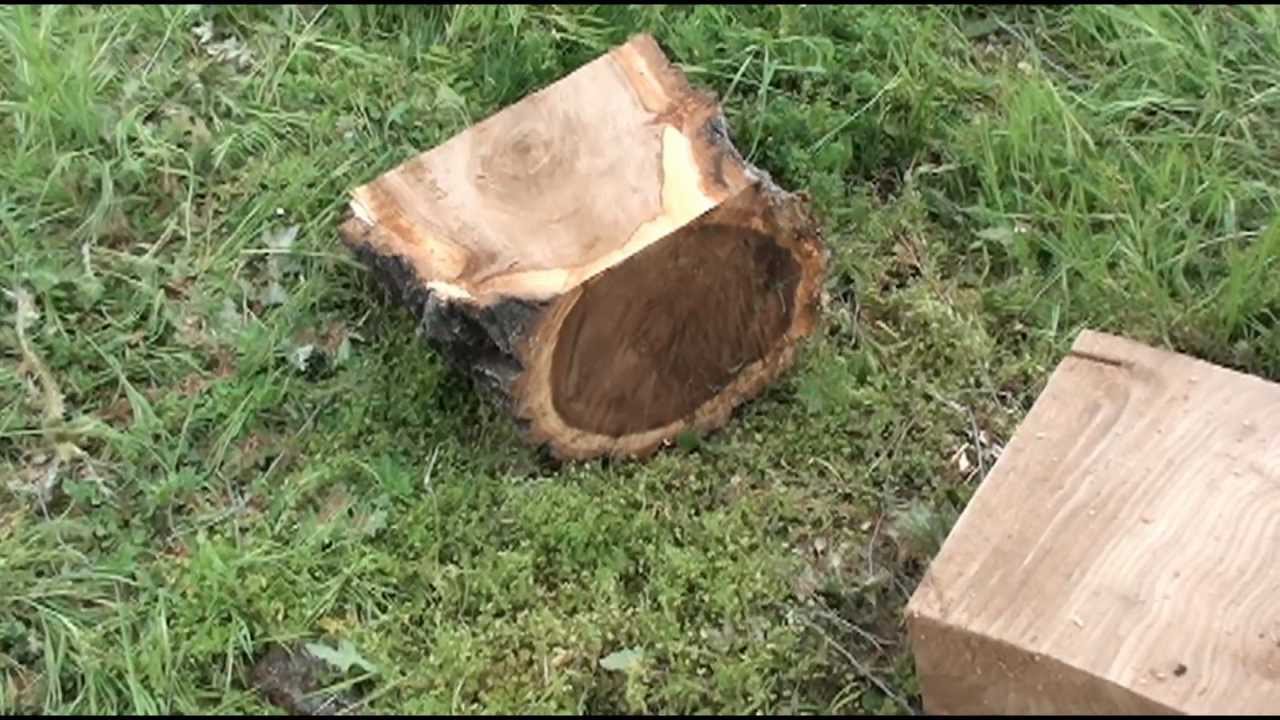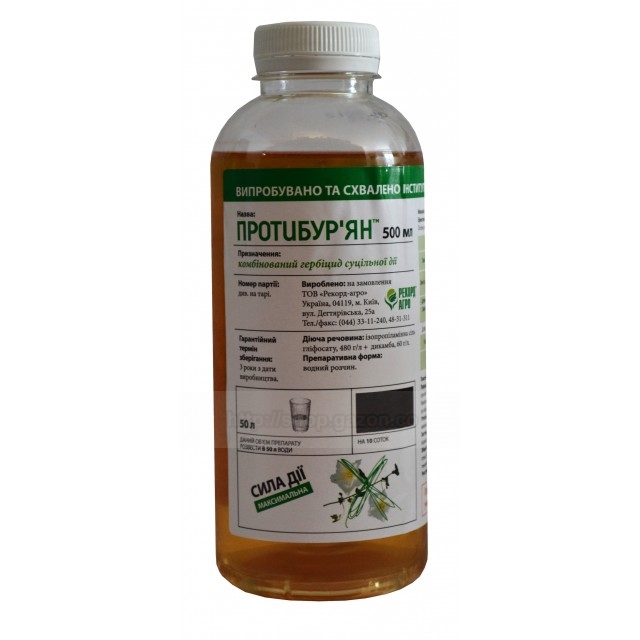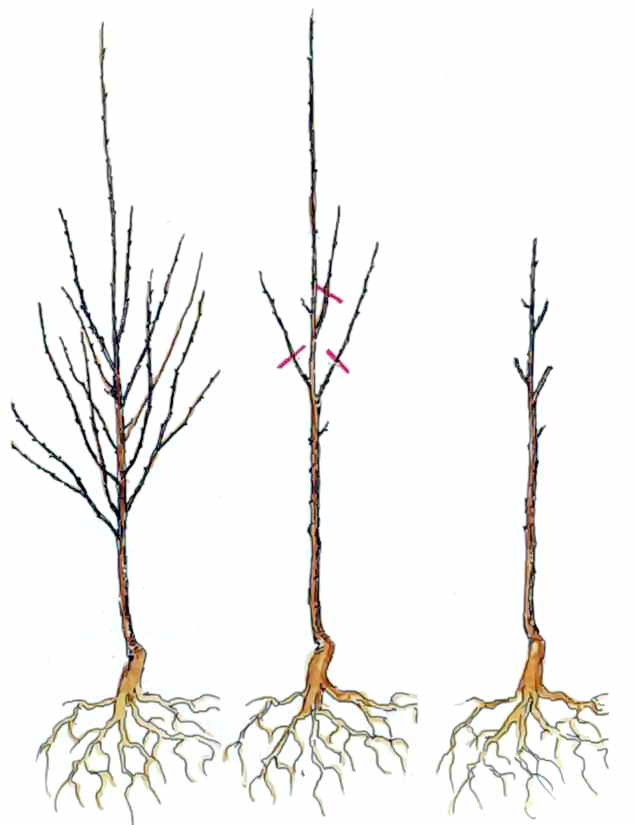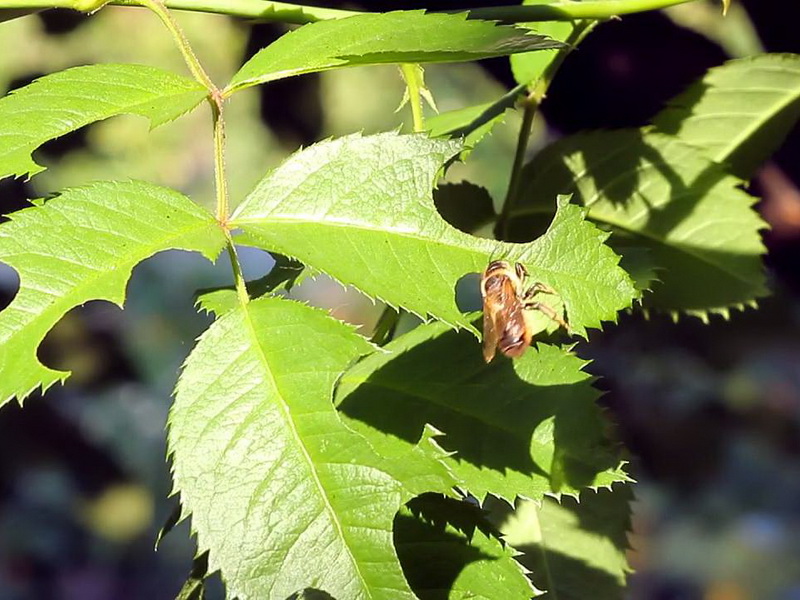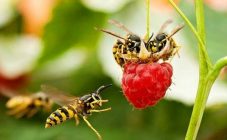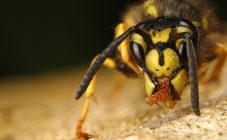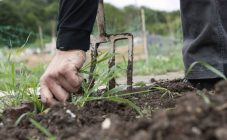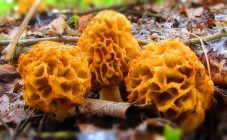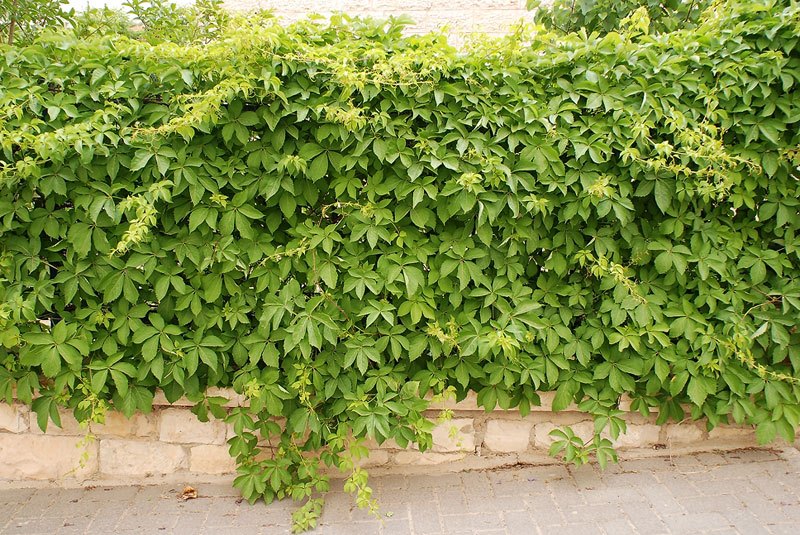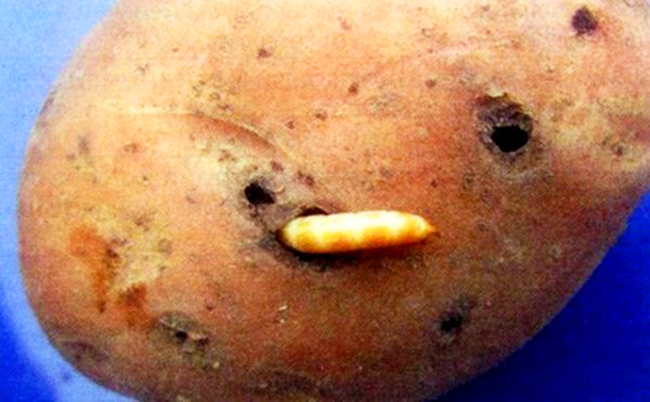Content:
Cherry grows in almost all regions of Russia, except for areas with particularly cold climatic conditions. The tree is unpretentious, grows quickly, does not require special care. The only drawback is that cherry growth begins to grow in different directions from the tree trunk. If it is not removed, the plot of land very soon becomes unsuitable for growing other crops. This is where the question arises, how to get rid of the cherry overgrowth on the site?
General information about culture
Cherries are rich in vitamins and minerals. They are suitable for cooking:
- winter preparations,
- drinks,
- confectionery.
The taste of cherry fruits, depending on the variety, can be sour, sweet and sour and sweet. The color of cherry berries is:
- light pink
- red,
- brown-burgundy.
Common varieties
Most often, varieties of ordinary cherries are planted on personal plots. The most famous of them:
- Seedling No. 1. Yielding variety, resistant to fungal diseases. The cherry tree is medium in size. The crown is rounded. Sweet and sour fruits of red color, small size, juicy with yellowish pulp. Begins to bear fruit for 3-4 years.
- Novodvorskaya. This cherry tree has a ball-shaped crown. The fruits are sour-sweet. The dark red pulp is juicy, fleshy. The stone is small in size and can be easily separated. In the middle lane, the variety ripens in mid-July.
- Wreath. The variety is obtained on the basis of Novodvorskaya cherry. Large cherry tree. The crown is noticeably narrowed at the top. Dark red, round, medium-sized berries. The taste of berries is sweet and sour. The pulp is very juicy, dark red on the break. It tolerates frosty winters well.
- The asterisk is an annually fruiting variety with high yields. Large cherry tree. The fruits are round, sweet and sour. The pulp is very juicy, dark red in color. The bone is easily separated from the pulp. Cherry Zvezdochka can be cultivated in almost all regions of Russia. It tolerates cold winters very well.
- Lyubskaya. Late variety, in the middle lane, the fruits ripen in late July and early August. The large fruits are bright scarlet and have a sour taste. The disadvantage of Lyubskoy cherry is that it does not have immunity to fungal diseases.
- Glubokskaya. The cherry tree has a ball-shaped crown. The height of this garden culture is average. The variety tolerates cold winters well. The fruits have a sweet and sour taste. Cherry Glubokskaya is resistant to fungal diseases.
In addition to the varieties familiar to gardeners, there are non-standard types of cherries:
- The most famous of these is the felt cherry. This is a very interesting species, which differs from ordinary cherries in that it grows in the form of a bush. The leaves of the felt cherry are corrugated, the fruits are attached to the branches with short legs. This garden plant got its name for the pubescence, similar to felt. A light downy coat covers the underside of the leaves, stalks and fruits.
- Sakura. A very distant relative of the common cherry.Sakura fruits are dark, there is almost no pulp, they look like bird cherry berries. By crossing Sakura and European cherry trees, varieties suitable for consumption were obtained (Satonisiki, Naniye).
The reasons for the appearance of overgrowth and how to remove it
Some types of garden trees and shrubs form growth. Usually, thickets of shoots around the main parent plant are in plum, lilac and cherry.
What are they and how to deal with overgrowth of cherries and plums?
Shoots begin to stretch up from the lateral roots of trees. If plum and cherry sprouts are not removed, a tree will appear in their place with its own crown and root system. The first years of its existence, the offspring lives at the expense of the mother tree, depriving it of its vital juices. Over time, a new cherry, existing at the expense of the parent, can completely weaken him. In addition, overgrowths can clog lawns and beds so much that they become completely unsuitable for growing crops.
Reasons for the appearance of root growth
The emergence of root shoots signals problems with the old fruit tree. This suggests that the mother tree seeks to replace itself with new ones. There may be several reasons:
- The root system of the cherry tree is bare. The problem can be solved by covering the protruding roots with a layer of earth.
- In the spring, the crown was formed incorrectly, as a result of which the natural metabolism was disrupted. Due to the fact that too many branches were cut off, the blossoming amount of leaves is not able to give the root system the required amount of products they produce.
- On the tree, mechanical damage to the trunk, large peeling of the bark and cracking of the main branches. To prevent the plant from dying, you need to treat all damaged areas with pitch, wrap with polyethylene.
- There are garters on the tree from the labels at the grafting sites. The plant alone cannot free itself from these fetters. The branches and trunk part, growing, thicken, and the bandages cut into the bark. Because of this, tree roots begin to experience a deficiency of nutrients that should come to them from the aerial part of the plant. As a result, they begin to help themselves by forming root shoots.
- The graft is not compatible with the root system and rootstock stem. Disruption of metabolism between the aboveground and underground parts of the plant is most pronounced during the dry season. In such cases, the trunk at the grafting site thickens strongly, the tree grows weakly and dries. The root system throws out new shoots in order to survive.
- The tree is infected with an infectious disease. This becomes noticeable after a few years, when the cherry begins to die, but before that time, having felt the disease, the plant seeks to replace itself, releasing shoots from the roots.
When the cause of the growth is established, you need to try to eliminate it. If the cherry cannot be treated, it will have to be cut down, and the remaining stump must be uprooted. Instead of the old cherry, one coppice shoot is left. A new graft of a suitable variety is made on it.
How to get rid of unwanted cherry sprouts
In order not to have a headache regarding the removal of cherry sprouts, in your garden you need to plant those varieties that do not form unnecessary shoots. If, nevertheless, the garden trees gave around them "children", you cannot leave them all on the site. There are several ways to solve this problem.
The most reliable way to remove cherry thickets is considered to be mechanical destruction with a garden tool. This must be done sequentially:
- New shoots are removed as soon as they have appeared, preventing them from growing.
- All summer, the shoots are cut with pruning shears, and in the fall and early spring, the shoots are dug up along with the roots to the roots of the old cherry. At this point, they are chopped off with an ax and smeared with garden pitch.
- The hemp left after cutting the shoots and the roots that have been dug can be additionally poured with boiling water.
- The dug up roots are covered with earth.
You will have to constantly uproot the roots and cut the shoots with the pruner. For townspeople who rarely visit the country, this method of eliminating wild thickets is completely inappropriate. During their absence, a whole forest of new shoots of cherry trees has time to grow on the site.
Popular methods of dealing with unwanted tree crops suggest getting rid of them with the help of buried fences. For this, slate must be dug into the ground around the trunk within a radius of 1 m. The fence needs to be buried to a depth of 0.5-0.7 m. In this regard, the tree will be forced to direct the roots not to the sides, but inward. After that, you can try to fill the soil inside the slate fence with a thick layer of mulch. Suitable for this purpose:
- hay,
- weeds,
- sawdust,
- needles,
- fir cones.
Cardinal ways to destroy vegetation in the garden
How to get annoying cherries out of the garden forever? If the acquired garden plot is completely overgrown with cherry bushes, it will be possible to free the land from it only by deep digging using a tractor with a plow. In this case, all the trees growing on the site are uprooted along with the cherry thickets. After plowing, you need to remove all plant residues:
- roots,
- branches,
- trunks.
It is possible to destroy vegetation by filling the ground with salt only if buildings are planned on this place in the future. Nothing will grow on salty soils.
The best way to control overgrowth is to uproot the mother tree, and with it all of its offspring. Instead, varieties are planted that are not capable of producing root shoots.
How can you uproot cherries on the site if you cannot hire a tractor? The problem is solved quite simply, the old tree needs to be cut down. And to accelerate the destruction of the stump, apply herbicides. To do this, a niche is drilled in the hemp, into which any of the funds (tornado, hurricane forte, weeded, etc.) are poured. After that, the hole is closed with polyethylene. After a few days, the procedure is repeated. Ammonium nitrate can be used instead of herbicides. Together with the hemp, all the thickets formed from the parent tree will die.
You can tame the growth of unwanted tree-like vegetation with the help of a special tool - arboricide. This group of drugs destroys thickets of cherry, lilac and plum without uprooting, without touching their parent. After applying this chemical, the soil in the garden continues to bear fruit normally.
A good neighbor for a cherry that kills excess vegetation is a walnut or chestnut, which forms a shadow, and without light, as you know, shoots will not appear. These trees will help you deal with unwanted vegetation without uprooting.
Do I need to get rid of new cherry shoots
Some gardeners are in no hurry to uproot all young sprouts that have grown around the cherry.Of all the new plants that appear, the strongest are selected. It is on them that new varieties are inoculated.
Those trees that have well endured the grafting procedure of a new variety are left or sent for sale. In this case, there is no problem how to deal with unwanted sprouts of cherries and plums. Benefits are derived from this situation.
Infectious diseases and pests
Cherry trees can get sick with fungal and infectious diseases. The immunity of a tree-like garden plant is reduced by:
- bad weather conditions: daily temperature fluctuations, rainy or very dry summers, too cold snowless winters;
- cracking and shedding of a large area of the bark;
- harmful insects;
- harmful bacteria;
- infected trees growing at close range.
To prevent the threat of diseases of fruit vegetation, prevention must be carried out in a timely manner. The fight against fungi is aimed at removing the localization of the pathogen. In this way, the grower prevents the spread of the infection to nearby trees.
The area of the garden where the diseased plant was found is treated with biochemical agents, the action of which is aimed at destroying the infection and protecting healthy plants. Before spraying, the entire remaining crop is removed from the branches. Chemicals are sprayed in the evening so as not to provoke burns on the foliage.
Windless days are more suitable for preventive treatment. In such weather, the chemical is easier to apply to the affected branches and leaves. During spraying, you need to use respiratory and hand protection.
Preventive treatment of trees in the garden is also carried out against harmful insects. If, nevertheless, several pests of a certain species were found on the site, they purchase a targeted drug.
Gardeners must decide for themselves how to choose a way to get rid of the cherry thickets that are rapidly growing on their personal plot. If a person likes to arrange sprout uprooting in the garden every six months, he can continue to fight annoying vegetation with a shovel, ax and pruner. Uprooting old cherries is much more effective, this method will help get rid of them along with the offspring.
